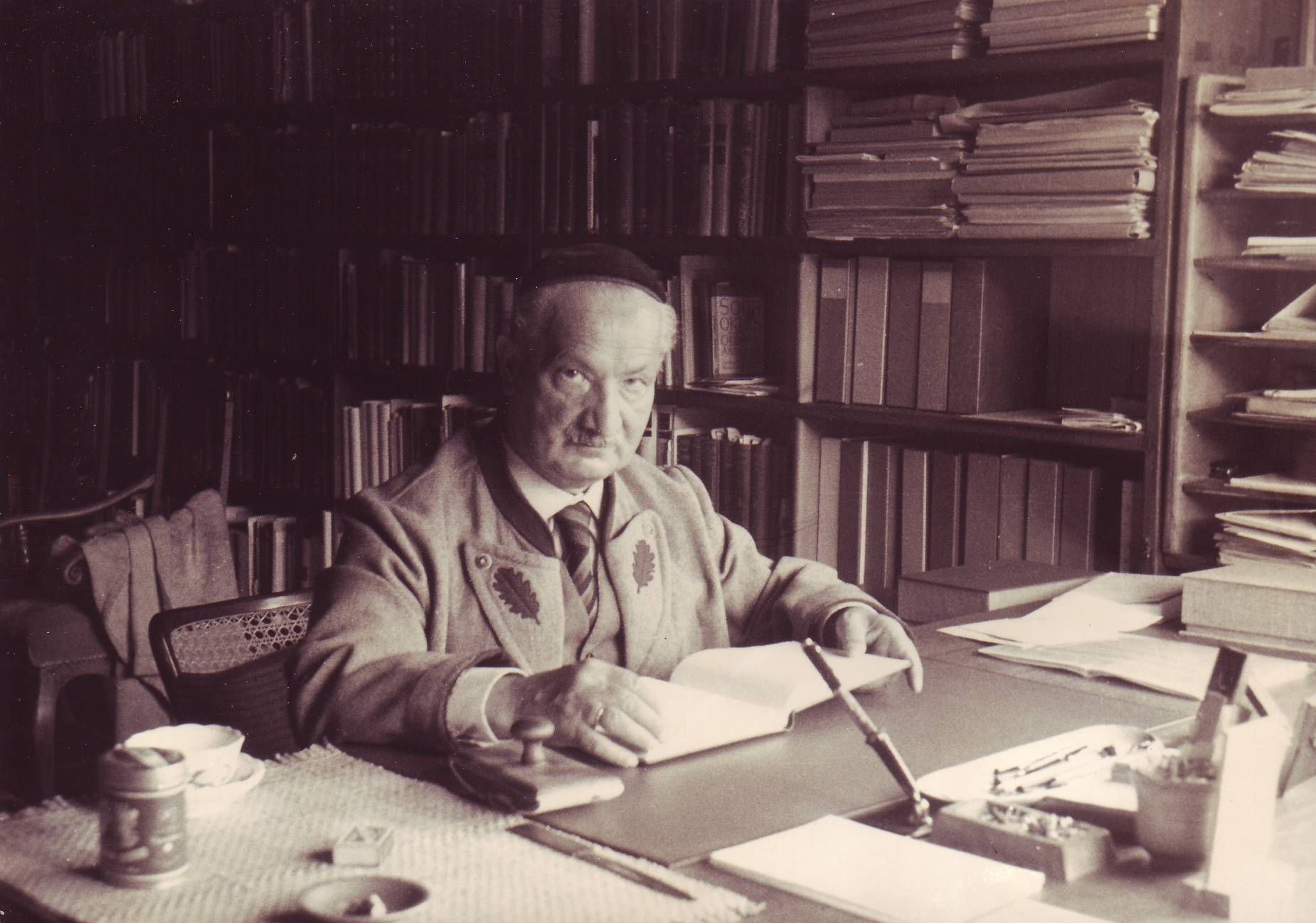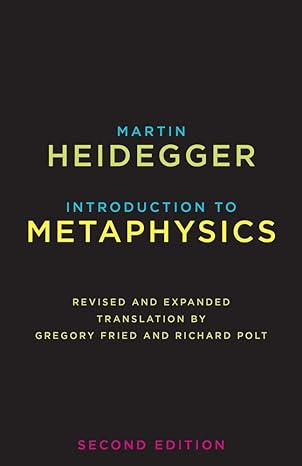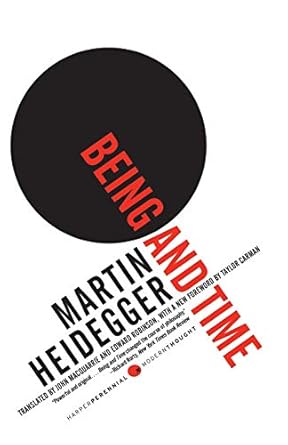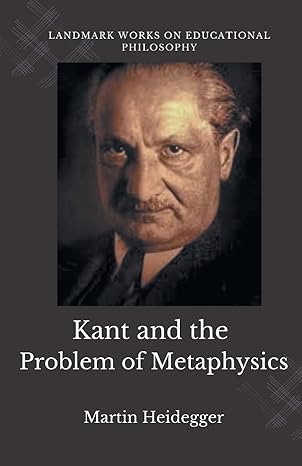
How to Read Heidegger in the Right Order
Martin Heidegger's philosophy can feel impenetrable to new readers. His language is dense, his concepts abstract, and his questions fundamental. But beneath the complexity lies a powerful project: redefining what it means to be human, to dwell, and to think.
This guide provides a carefully structured path through his most essential works, allowing readers to build up the necessary context and philosophical foundation before engaging with his major ideas.
Where to Begin: Laying the Groundwork
Start with Introduction to Metaphysics, which presents many of Heidegger's core questions in a lecture format. It's more accessible than Being and Time and prepares you for the themes that will recur throughout his work.
The Core: Understanding Dasein
Next, tackle Being and Time, Heidegger's magnum opus. This book introduces his concept of Dasein—a being whose very existence is defined by the question of being. It’s a dense work, but vital. Don’t rush through it; take your time.
Context and Expansion
Once you've grasped Being and Time, move on to Kant and the Problem of Metaphysics. Here, Heidegger situates his own project in relation to Kant, showing how traditional metaphysics failed to ask the right questions.
Ethical and Humanistic Implications
With this philosophical grounding, you're ready for Letter on Humanism, where Heidegger responds to Sartre and critiques the humanist tradition. This work helps clarify Heidegger’s stance on language, action, and what it means to live authentically.
Poetry and Language
As you progress, you’ll discover that for Heidegger, language is not just communication—it is the house of Being. This insight comes alive in Poetry, Language, Thought, a beautiful collection of essays on how poetry and art reveal truth.
Later Thought and Ontological Subtlety
Finally, explore Identity and Difference, which marks Heidegger's shift into his later, more poetic and enigmatic thinking. This work will stretch your understanding of concepts like Being, difference, and thought itself.
Reading Heidegger is not just an intellectual exercise—it's a transformation of how we experience the world. With patience and curiosity, his works can open up entirely new ways of seeing, thinking, and being.
"The most thought-provoking thing in our thought-provoking time is that we are still not thinking." — Martin Heidegger
Use this guide as a roadmap to enter that thinking.
Featured Books

Introduction to Metaphysics
by Martin Heidegger
Published: 1953
A revised version of Heidegger's 1935 lecture course, exploring fundamental questions about being and the nature of metaphysics.

Being and Time
by Martin Heidegger
Published: 1927
Heidegger's seminal work introducing the concept of Dasein and laying the groundwork for existential phenomenology.

Kant and the Problem of Metaphysics
by Martin Heidegger
Published: 1929
An interpretation of Kant's Critique of Pure Reason, emphasizing its ontological implications and influence on Heidegger's thought.

Letter on Humanism
by Martin Heidegger
Published: 1947
A response to Jean-Paul Sartre, clarifying Heidegger's views on humanism and the role of language in the question of being.

Poetry, Language, Thought
by Martin Heidegger
Published: 1971
A collection of essays exploring the interplay between language, art, and the revelation of being.

Identity and Difference
by Martin Heidegger
Published: 1957
Two essays examining the concepts of identity and difference, central to Heidegger's later philosophy.